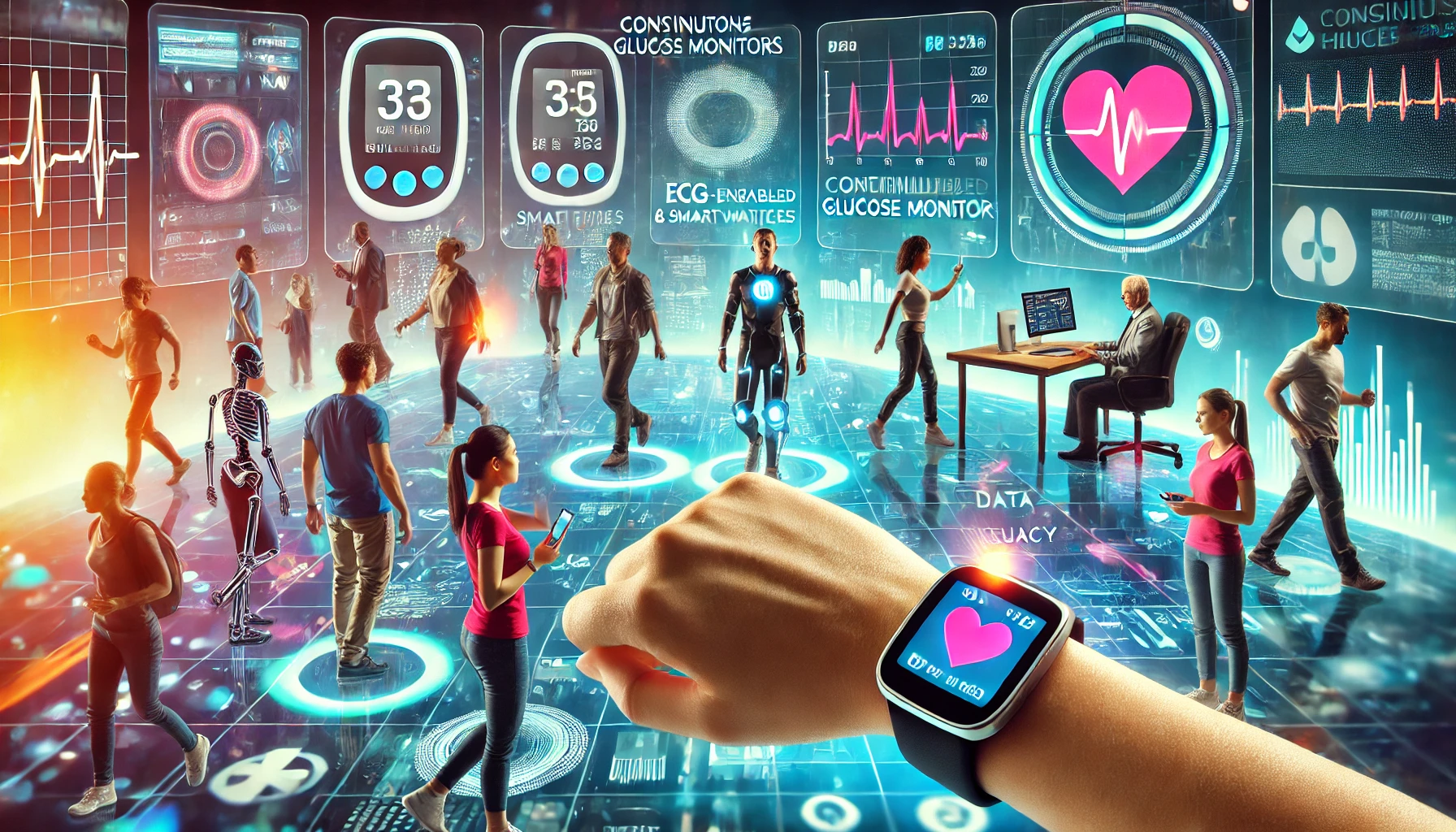Revolutionizing Patient Monitoring: How Wearable Health Devices are Transforming Lives

The Rise of Wearable Health Devices: A New Era in Patient Care
Imagine wearing a device that tracks your health while you go about your daily routine. No more sitting in a doctor’s office, waiting for hours just to check your vitals. That’s the magic of wearable health devices like continuous glucose monitors and ECG-enabled smartwatches. These gadgets have transformed patient monitoring, empowering people to take control of their health. From Fitbit to Apple Watch, wearable devices are no longer just about counting steps – they’re saving lives!
How These Devices Work: It’s Not Just a Fancy Watch
At their core, wearable health devices use sensors that track everything from heart rate and oxygen levels to sleep patterns. Continuous glucose monitors, for instance, constantly check blood sugar levels and alert users if they spike or drop. ECG-enabled smartwatches go one step further by detecting irregular heartbeats that could indicate atrial fibrillation – a condition that can lead to strokes. The data is instantly sent to your phone, making you feel like you have a personal doctor in your pocket!
Empowering Patients: Taking Control Like Never Before
These devices are doing more than just tracking stats – they’re giving patients the power to manage chronic conditions. Diabetics can monitor glucose levels without pricking their fingers a dozen times a day. Heart patients can check for abnormal rhythms on the go. These gadgets provide real-time insights, helping people make lifestyle changes that can drastically improve their well-being. It’s like having a superpower – but instead of flying, you’re mastering your health!
The Dark Side of Data: Privacy Concerns
Now, before you get too excited about your new wearable device, let’s talk about the elephant in the room: data privacy. These devices collect a lot of personal health information. And while it’s great for your doctor to know if your heart rate spikes during rush hour traffic, do you really want Big Tech to know that too? The more data these gadgets gather, the more questions arise about who has access to it. Are your health details being sold to the highest bidder, or worse, could they be hacked?
Device Accuracy: Can We Trust the Data?
Another issue? Device accuracy. While these wearables are certainly helpful, they’re not foolproof. A continuous glucose monitor might have a slight delay in reporting levels, which could lead to inaccurate readings. ECG-enabled watches, though advanced, aren’t substitutes for medical-grade equipment. And, let’s be real, most people won’t ditch their doctors for a smartwatch just yet. The takeaway here is: wearables are great tools, but they should be used as part of a broader health management plan, not as a sole source of medical advice.
The Future: What’s Next for Wearable Health Devices?
As technology continues to advance, the future of wearable health devices looks promising. We can expect more accurate sensors, better data encryption, and more intuitive designs that make patient monitoring even more seamless. Imagine smart clothes that detect illness before symptoms appear or wearables that integrate with AI to provide instant health recommendations. The potential is endless – but so are the challenges. Manufacturers will need to balance innovation with security and accuracy to truly revolutionize healthcare.
Conclusion: Are You Ready to Wear Your Health on Your Sleeve?
Wearable health devices are changing the game when it comes to patient monitoring. From tracking chronic conditions to alerting users of potential health risks, these gadgets empower patients to take control like never before. However, with great power comes great responsibility – including data privacy and accuracy concerns. As the technology evolves, so too will the ways in which we use it. But the question remains: are you ready to embrace the future of healthcare, one wearable device at a time?



